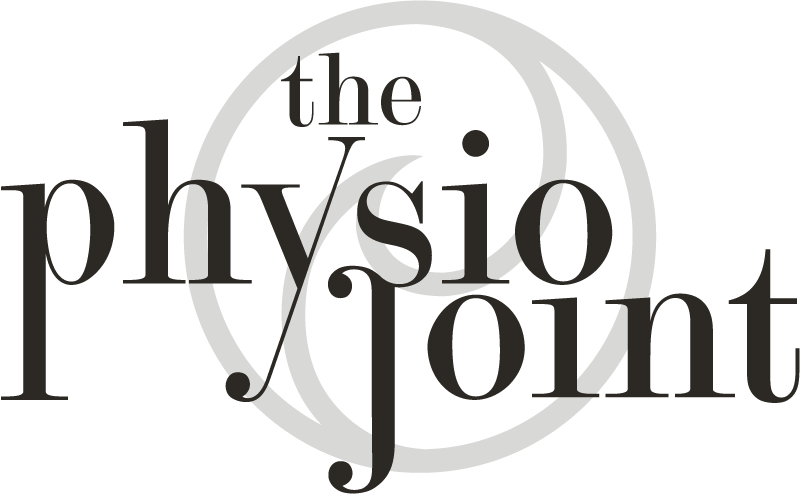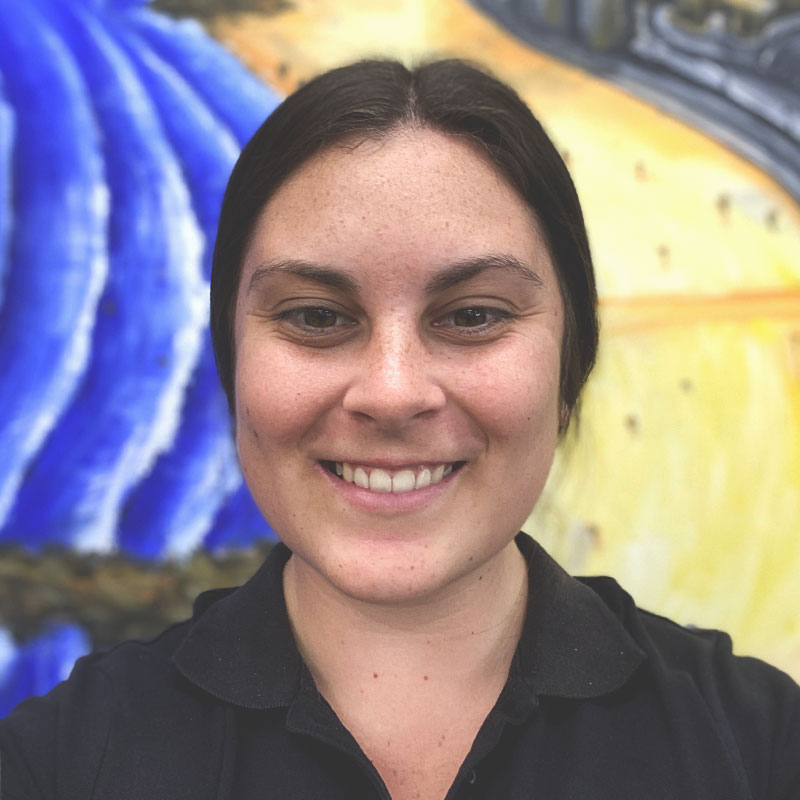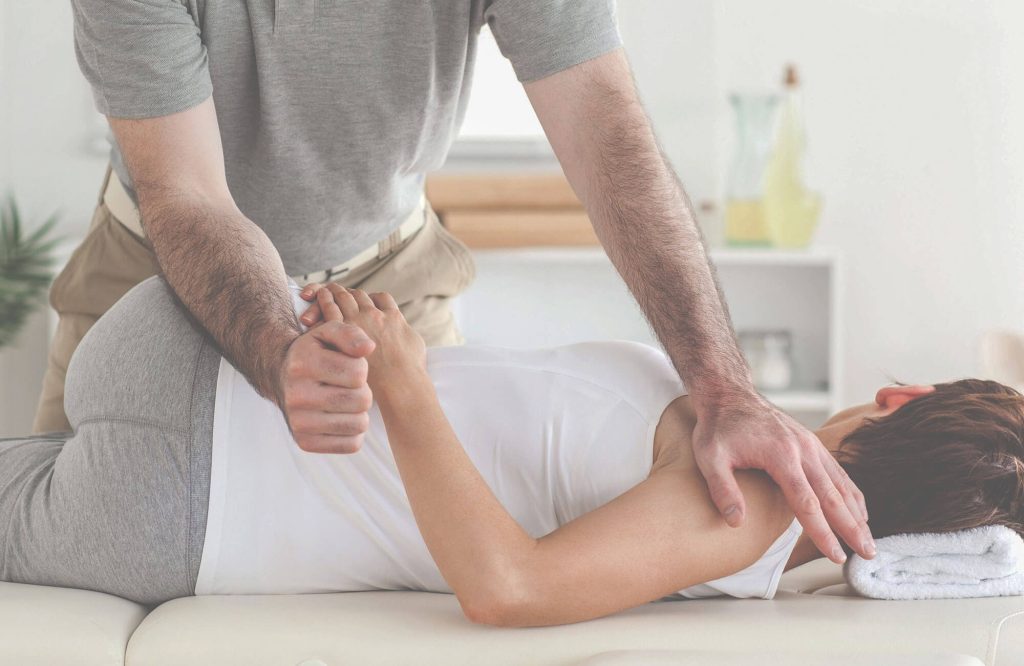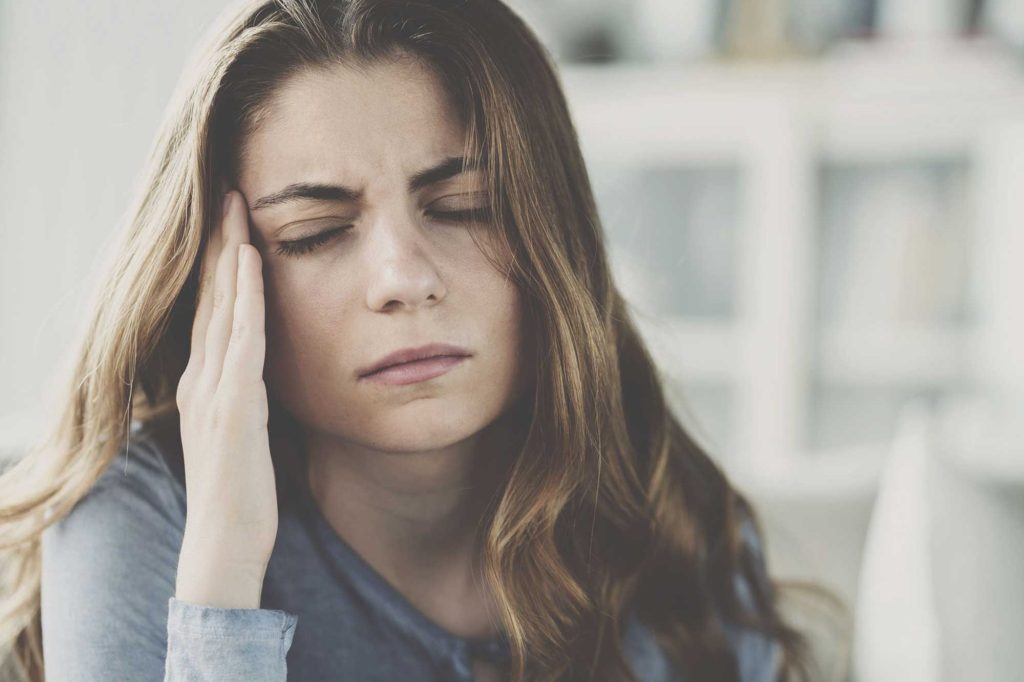Most people experience headaches at some point in their lives. For some people, it is a brief, rare occasion. For others, it can be quite frequent, severely impacting their day-to-day life. Fortunately, physiotherapists can identify and help with some of the issues that cause headaches.
Since starting at The Physio Joint at the start of the year, I have been lucky enough to learn from my colleagues and better understand this topic. Given that headaches and migraines can be quite a common issue, I want to share some key points and outline the ways that we, as physiotherapists, can help headache and migraine sufferers. Here at The Physio Joint we use a specific philosophy called the Watson Headache approach. This specific approach is highly recognised as a scientifically researched method of treatment, with a skilled manual neck assessment.
For us and our patients, the first step in the treatment of headaches is an accurate diagnosis. We need to determine if the neck, or more specifically the upper neck joints and soft tissues, are playing a role in symptom productions. Recent headache research has led physiotherapists to believe that the upper neck does in fact play a substantial role in many types of headaches, such as cervicogenic headache and migraine.
Why do we take such an extensive history?
Here at The Physio Joint, the initial visit involves a sixty-minute appointment. It is imperative that we take enough time to understand the clinical history and the individuality of each headache presentation. This is the first and most important step in confirming a diagnosis. Different types of headaches can behave in different ways. The International Headache Society has identified more than 200 types of headaches, and the list continues to grow. (1) Furthermore, it is important that we check even the smallest detail within each individual presentation. This includes, where exactly the headache is perceived, how frequently intermittent or constant the symptoms are and how certain foods, activities and stresses can trigger the symptoms.
Part of the headache history relies on us working closely with GP’s and pain specialists. Occasionally, it is necessary to determine the response of further investigative testing. We are well positioned to link up with GP’s, neurologists and pain specialists to provide a multi-professional approach for resolving headache and migraine where necessary.
What are the treatment options?
Once it is confirmed that the neck does in fact play a role in the headache or migraine presentation, we can provide effective treatment.
We aim to establish a treatment plan to fit in with people’s work, leisure and family responsibilities. For us, education is a big factor in management. Drawing from my experience and the experience of my colleagues, many patients arrive in the clinic with limited understanding of how best to manage their symptoms and reduce the severity of their headaches or migraines. Learning how to respond to triggers and onset of symptoms is a way of reducing the negative impact that headaches can cause.
During treatment, we aim to achieve optimal freedom of movement of the small cervical (neck) joints. We do this without cracking or manipulating the neck. There is almost always a stigma or fear surrounding neck cracking or manipulation, but we are different. We apply gentle yet specific pressures at particular angles on particular segments. This allows for freedom of movement, without the fear. We use specific movement retraining in the form of specifically guided exercises to achieve effective self-management. This leads to increased long-term success in the management of symptoms. Our approach involves treating the immediate and underlying issues, easing symptoms and discomfort, then educating with regards to self-treatment with the goal to prevent reoccurrence.
If you need help with headaches or migraines, or want to better understand the systematic evidence-based treatment approach we use for headaches and migraines, don’t hesitate to get in touch with our team at The Physio Joint.
Reference:
- Headache Classification Committee of the International Headache Society (IHS). (2018) The International Classification of Headache Disorders, 3rd Edition. Cephalalgia, 38(1), 1-211.




